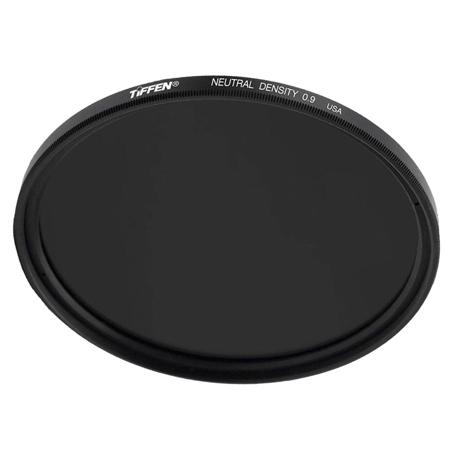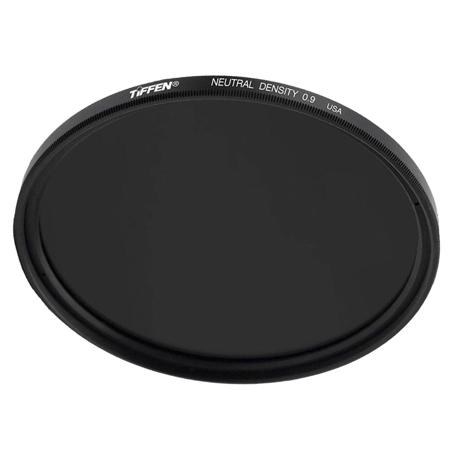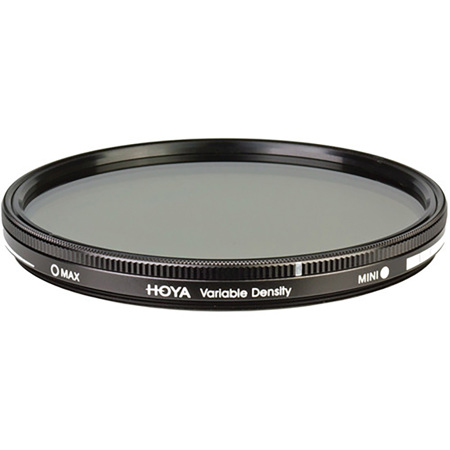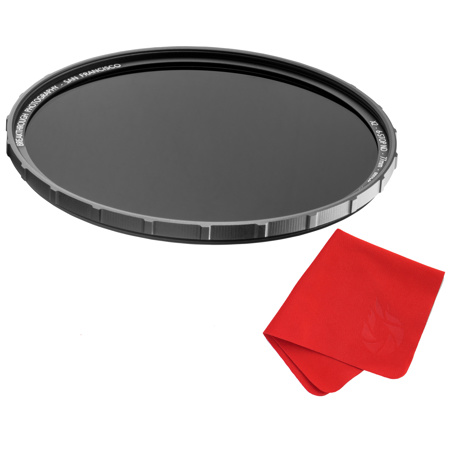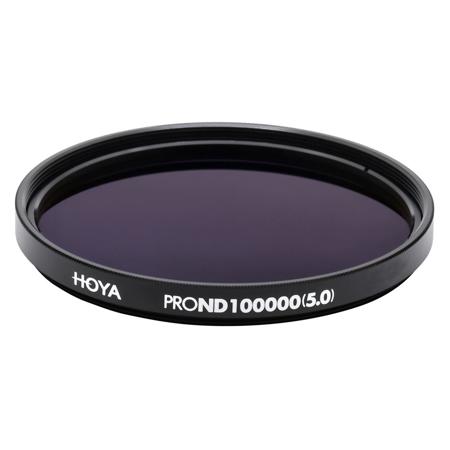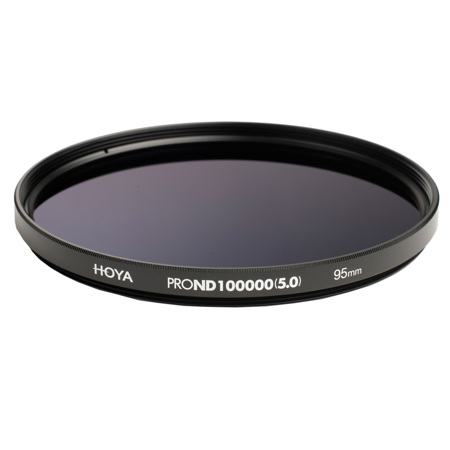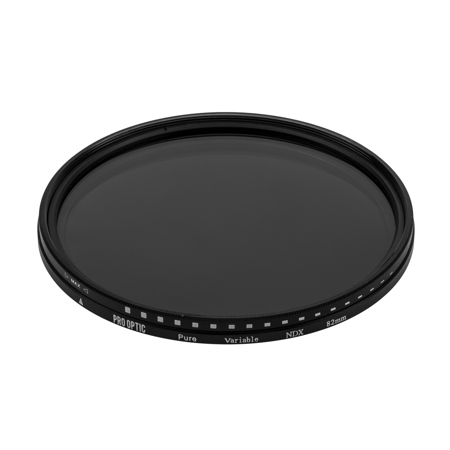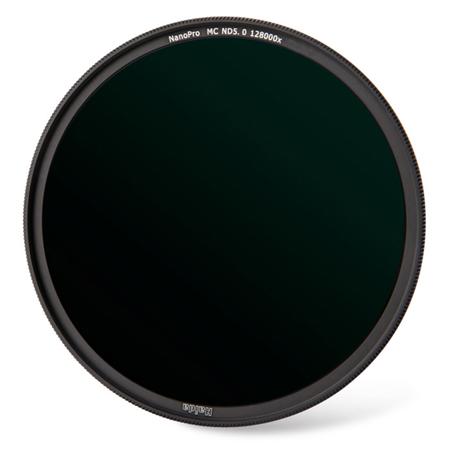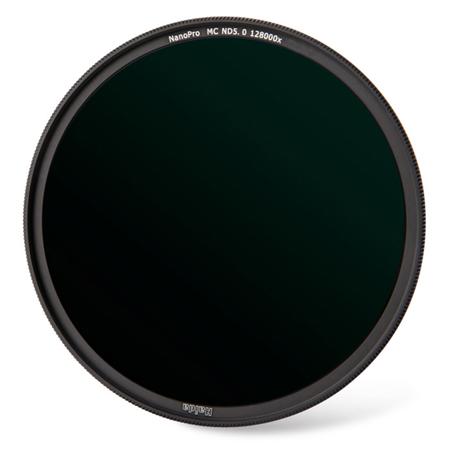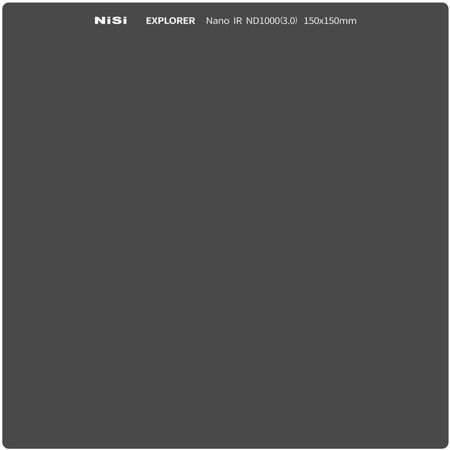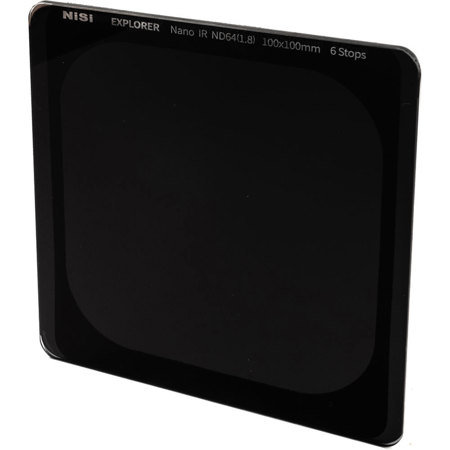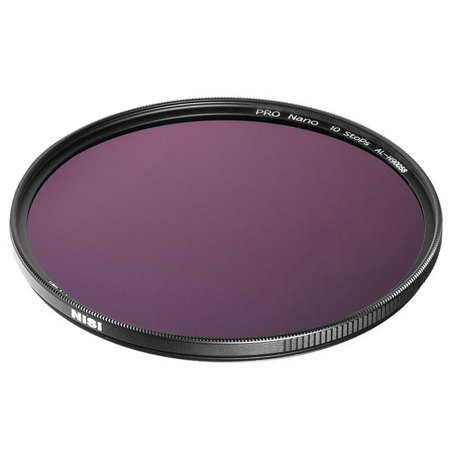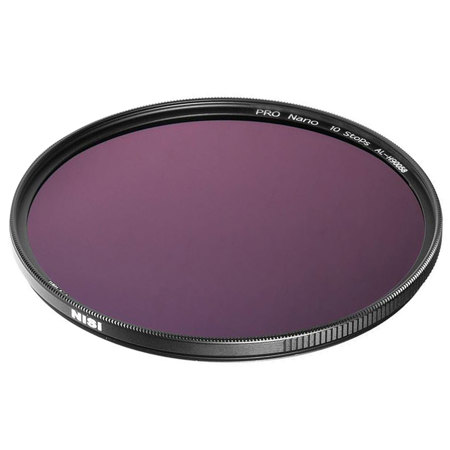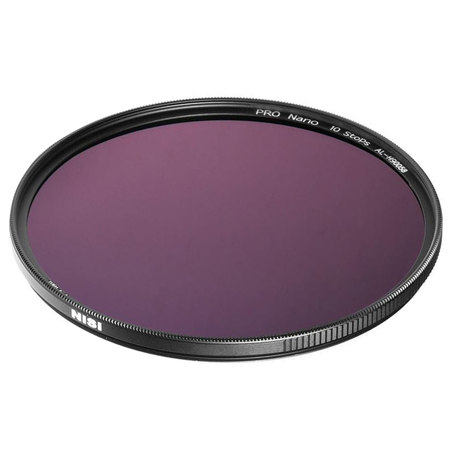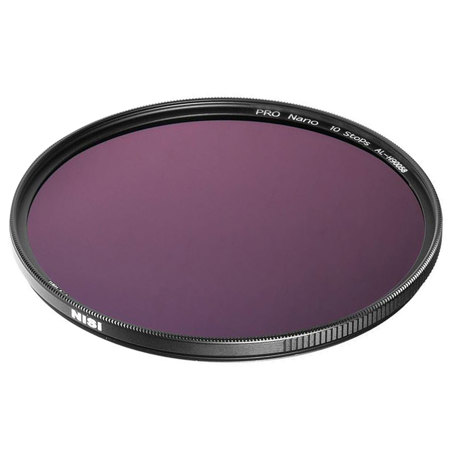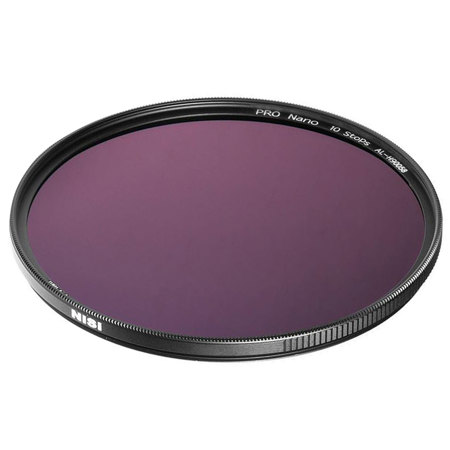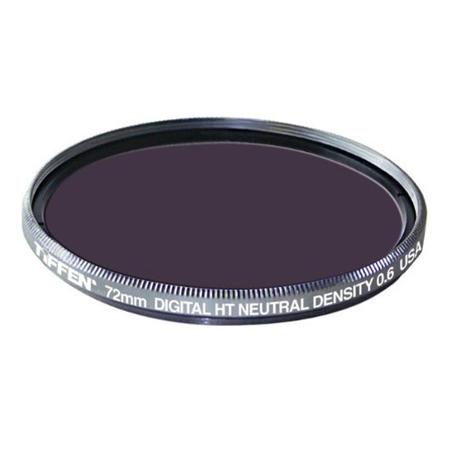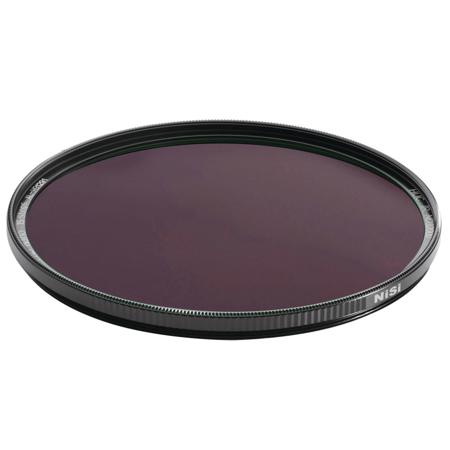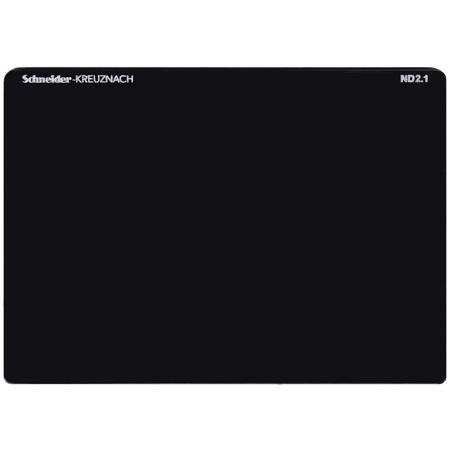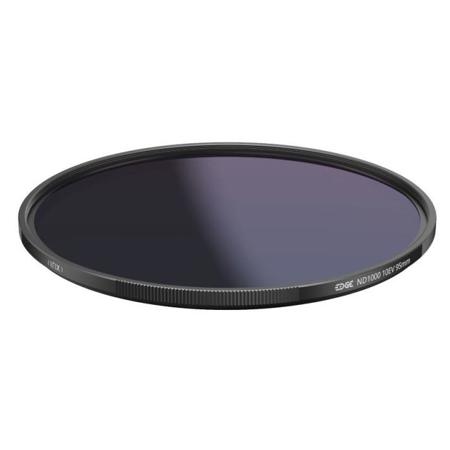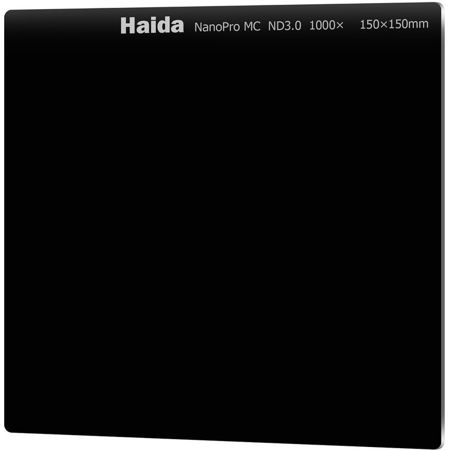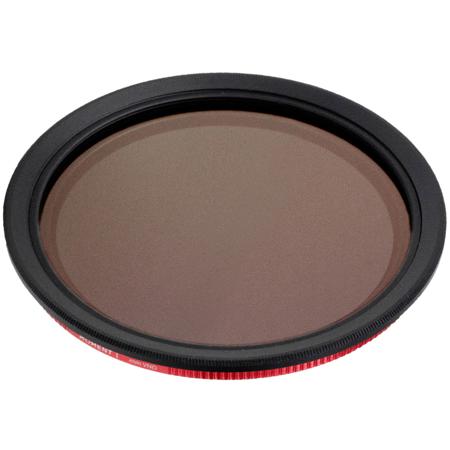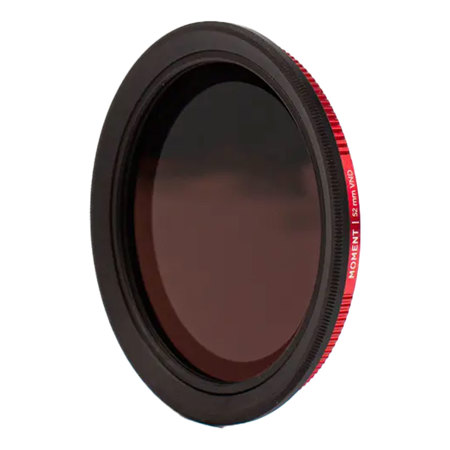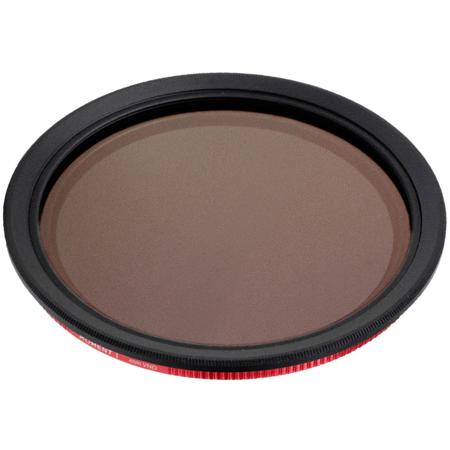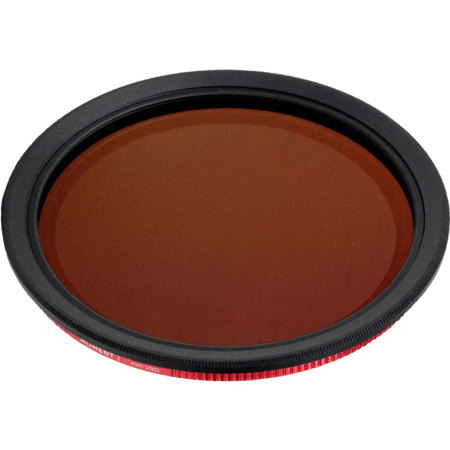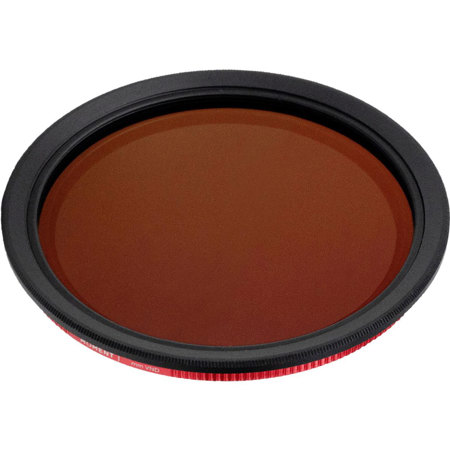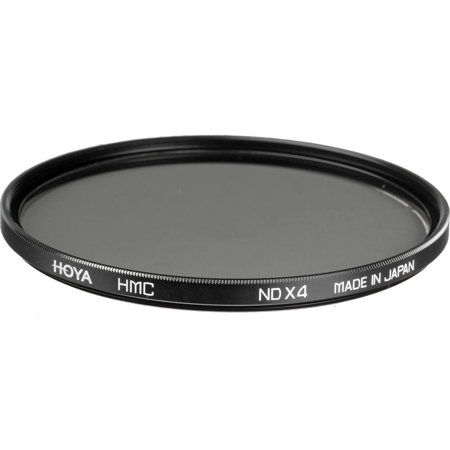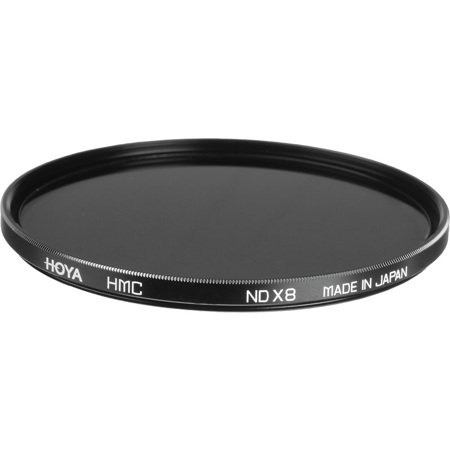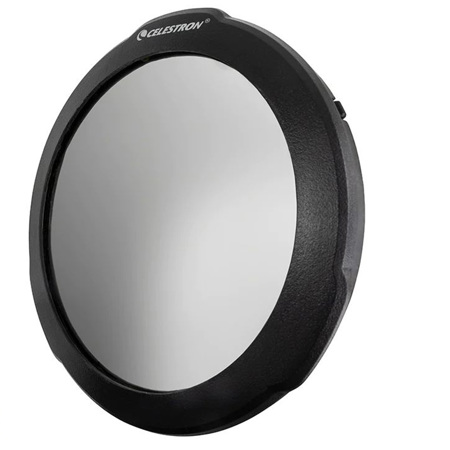Neutral Density Filters For Solar Photography
Capturing the sun in all its glory is one of photography’s most exhilarating challenges, and it’s a pursuit that calls for both technical precision and the right gear. Neutral density filters for solar photography are essential tools for anyone aiming to photograph solar events, from the fleeting drama of a solar eclipse to the daily majesty of sunrise and sunset. These filters reduce the intensity of sunlight entering your lens, allowing you to safely capture the sun’s details, flares, and surrounding atmospheric phenomena without overexposing your images or damaging your camera sensor. Whether you’re a seasoned astrophotographer with years of eclipse-chasing under your belt, or an enthusiastic hobbyist eager to document the next celestial event, investing in a high-quality neutral density filter is a crucial step. As the late summer sun hangs high in the August sky, many photographers turn their attention to the unique lighting conditions this season offers, making it an ideal time to explore the creative possibilities of solar photography.
When considering a neutral density filter for solar work, it’s important to understand the differences between a dedicated solar filter vs ND filter. While both reduce light, specialized solar filters are designed specifically for safe solar viewing and imaging, blocking harmful ultraviolet and infrared rays as well as visible light. Standard ND filters, on the other hand, are more versatile and come in a range of densities, making them suitable for a variety of creative applications beyond solar photography, such as long-exposure landscapes or motion blur effects. However, for direct solar imaging, safety should always be the top priority—using a filter not rated for solar observation can result in permanent eye or equipment damage. Many photographers appreciate the flexibility of ND filters for capturing the warm, golden hues of a late summer sun dipping below the horizon, or for experimenting with time-lapse sequences that reveal the sun’s slow arc across the sky. These filters also make thoughtful gifts for astronomy enthusiasts, science teachers, or anyone with a passion for the outdoors and a curiosity about our closest star.
Choosing the right neutral density filter involves several considerations. Filter strength, measured in stops or optical density, determines how much light is blocked and directly impacts exposure settings. For solar photography, extremely high-density filters are often required to safely capture the sun’s surface and sunspots without risking overexposure. Compatibility with your lens system is also key—thread size, mounting style, and optical quality all play roles in achieving sharp, artifact-free images. Some photographers prefer square or rectangular filters with dedicated holders for maximum flexibility, while others opt for screw-in circular filters for convenience and portability. As you build your kit, think about how your filter might serve you in other genres as well; for example, if you also enjoy shooting video, you may want to explore our collection of Neutral Density Filters For Video for additional creative options. Whether you’re planning to photograph the next solar eclipse, capture a dramatic sunset over the water, or simply experiment with new techniques during these bright summer days, a quality neutral density filter can open up a world of possibilities, transforming ordinary daylight into extraordinary images that capture the power and beauty of the sun.
When considering a neutral density filter for solar work, it’s important to understand the differences between a dedicated solar filter vs ND filter. While both reduce light, specialized solar filters are designed specifically for safe solar viewing and imaging, blocking harmful ultraviolet and infrared rays as well as visible light. Standard ND filters, on the other hand, are more versatile and come in a range of densities, making them suitable for a variety of creative applications beyond solar photography, such as long-exposure landscapes or motion blur effects. However, for direct solar imaging, safety should always be the top priority—using a filter not rated for solar observation can result in permanent eye or equipment damage. Many photographers appreciate the flexibility of ND filters for capturing the warm, golden hues of a late summer sun dipping below the horizon, or for experimenting with time-lapse sequences that reveal the sun’s slow arc across the sky. These filters also make thoughtful gifts for astronomy enthusiasts, science teachers, or anyone with a passion for the outdoors and a curiosity about our closest star.
Choosing the right neutral density filter involves several considerations. Filter strength, measured in stops or optical density, determines how much light is blocked and directly impacts exposure settings. For solar photography, extremely high-density filters are often required to safely capture the sun’s surface and sunspots without risking overexposure. Compatibility with your lens system is also key—thread size, mounting style, and optical quality all play roles in achieving sharp, artifact-free images. Some photographers prefer square or rectangular filters with dedicated holders for maximum flexibility, while others opt for screw-in circular filters for convenience and portability. As you build your kit, think about how your filter might serve you in other genres as well; for example, if you also enjoy shooting video, you may want to explore our collection of Neutral Density Filters For Video for additional creative options. Whether you’re planning to photograph the next solar eclipse, capture a dramatic sunset over the water, or simply experiment with new techniques during these bright summer days, a quality neutral density filter can open up a world of possibilities, transforming ordinary daylight into extraordinary images that capture the power and beauty of the sun.

